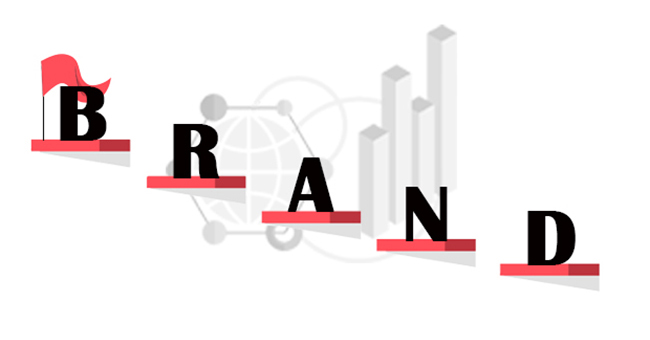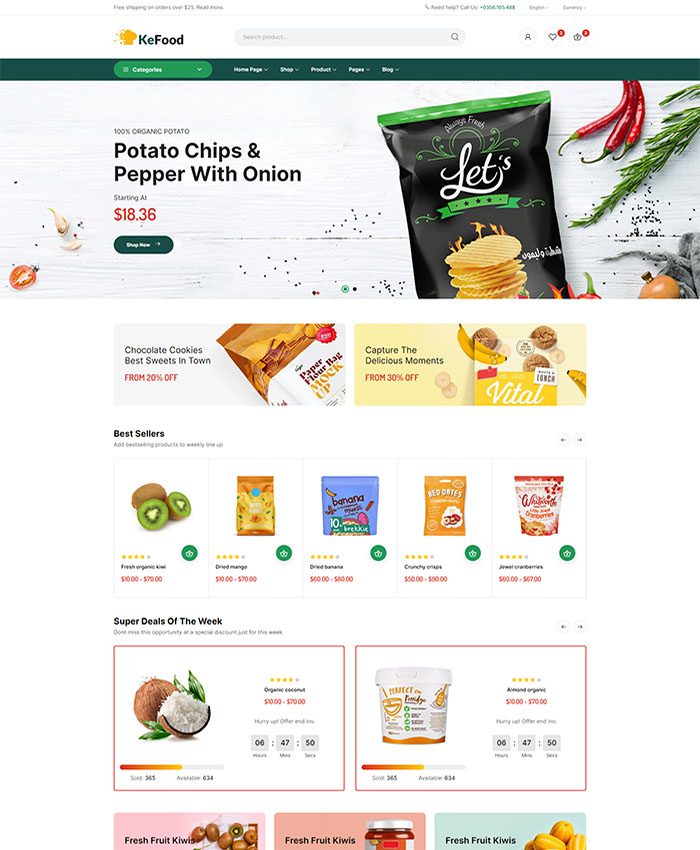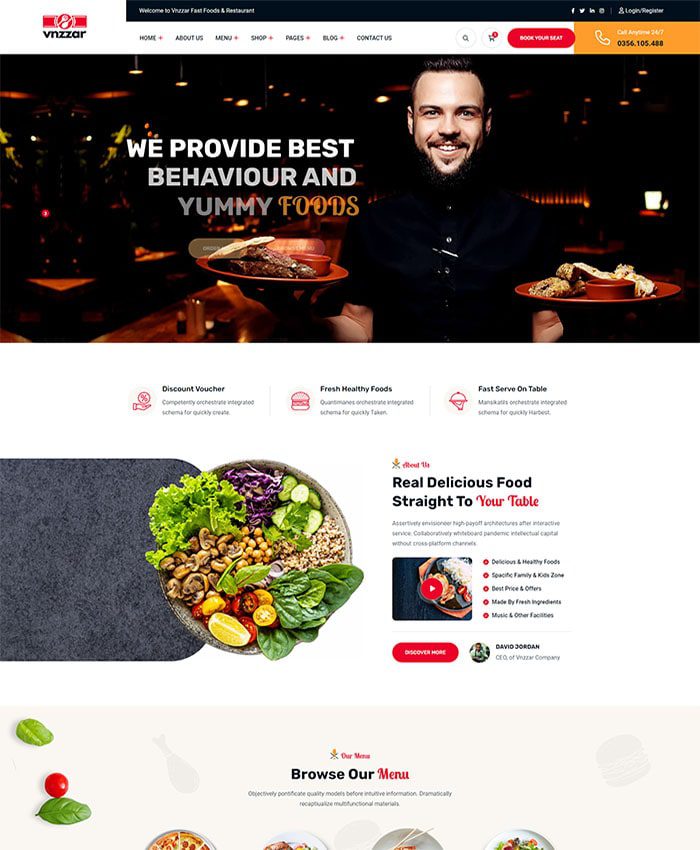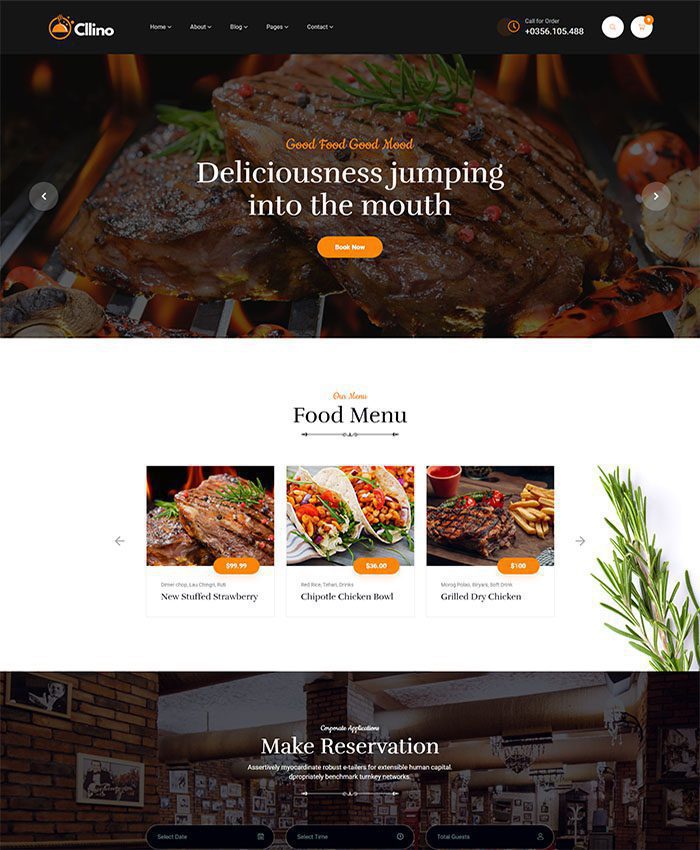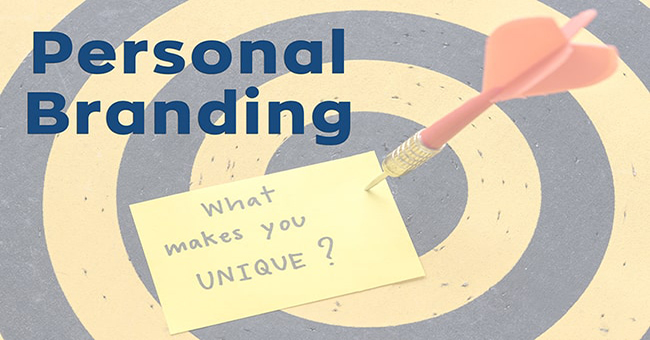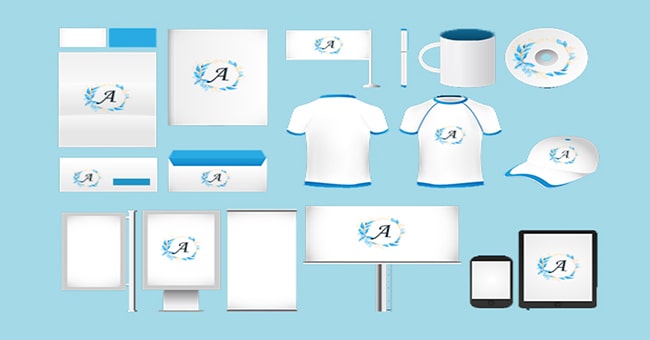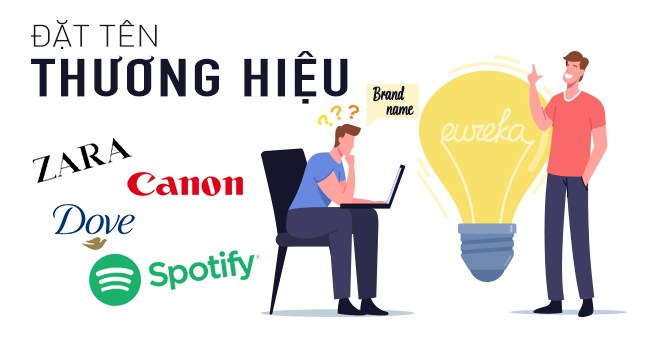Brand is the most valuable asset of every business. Therefore, developing a strong brand is the most important task for businesses to affirm their position in the market. Join Adsmo to learn what brand development is as well as brand development strategies that bring success to every business.
1. What is brand development?
Brand development is the strategic process of creating and differentiating a company’s image, products, and services from those of its competitors. Brand development involves aligning the brand with business objectives, bringing the brand to the target market, and updating/reinforcing the brand as needed.
Brand development is an ongoing process, with the goal of “benchmarking,” which represents new ideas or products that the company develops. Therefore, a brand development strategy can evolve over the years as the company culture changes and the company reaches new audiences.
So what’s the difference between brand development and brand building?
- Brand development is the process of discovering a brand’s unique differentiation and developing communications that relate to that differentiation.
- Branding is the application of that positioning or differentiation strategy in marketing materials.
One is strategic and the other is tactical, but both are aimed at the same most important goal – Making the public know who you are? The relationship between customers and businesses is like other personal relationships, it requires continuous development or it will become “obsolete”.
2. Why should businesses invest in brand development?
In the marketing world, businesses must make their brands heard, seen and remembered. Investing in brand development means that the business is creating a means to connect the brand in the minds of customers.
Brand development can be so successful that the brand name can even “overwhelm” the product. For example, the Jacuzzi brand has grown so strongly that its name is used to refer to the hot tub – the brand’s product.
Brand development allows the business to develop relationships with its customer base, giving customers a sense of security. Not only that, a strong brand requires a high level of customer respect, which will contribute to increasing the value of the business. Employees will respond positively because a growing brand fosters a sense of pride in being part of a strong brand, especially when they feel they are contributing to its growth.
To build a brand, it is imperative to build a personal brand. Brand development will help maintain and further develop your personal brand.
Brand development also helps prevent brand stagnation. For example, McDonald’s has changed its brand mascot several times since Ronald McDonald lost its appeal to potential customers.
3. 4-Step Brand Development Strategy
Here are 4 steps for a successful brand development strategy, helping businesses effectively attract customer loyalty.
Step 1: Market research
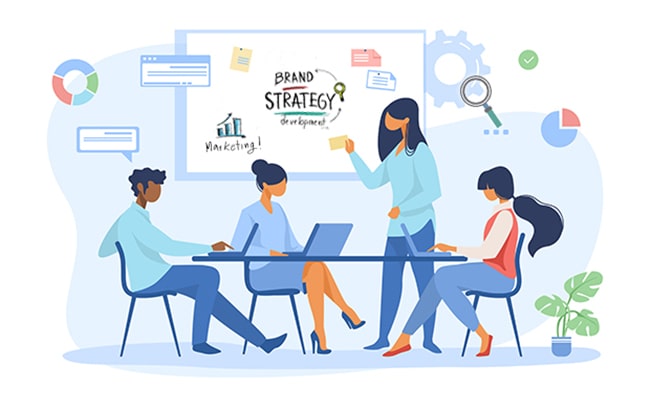
Through extensive market research, businesses can learn what drives their brand value. More importantly, businesses discover unique and meaningful ways to connect with consumers.
At this starting point, businesses can ask important questions to ensure their brand strategy best supports their overall business goals:
- Who is your target customer?
- How do customers feel about the brand?
- Why do customers trust you?
- Who are your top competitors?
- What makes your business different from your competitors?
- What value does your business bring to the market?
- How do you address your customers’ pain points?
- What is your business’s personality type?
Additionally, businesses can find challenges with their current brand identity as well as ways to simplify their identity. What is your business story? How do you want to build that story in the minds of your customers?
Step 2: Identify your target audience
A target market is the specific group of people a business wants to reach with its message. These are the demographics most likely to buy your product/service. They have common characteristics and are naturally attracted to your brand. The more clearly a business defines its target market, the easier it is to connect its brand with consumers.
Some strategies you can refer to to reach your target audience:
- Create useful and relevant content: Whether your business is focusing on digital platforms or other marketing tools, creating engaging content is essential.
- Use targeted advertising:Businesses can fine-tune their marketing strategy and reach their target audience through online platforms, print marketing, or other traditional methods.
- Collect customer feedbackThere are many ways for businesses to collect valuable customer feedback, such as surveys, polls, and questionnaires. This helps refine brand identity and messaging that connects with target groups.
Step 3: Brand positioning and brand messaging
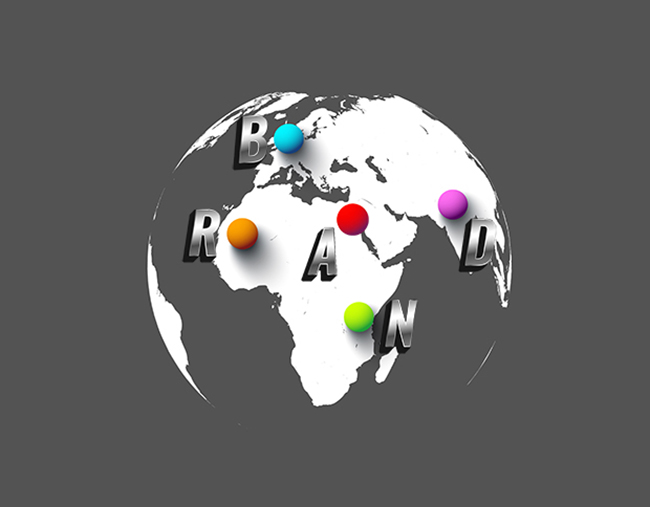
Brand positioning helps businesses gain a distinct position in the market as well as know how they are different How does it compare to competitors? Effective marketing strategy involves creating a brand that appeals to consumers. Brand positioning is also directly related to consumer loyalty and business value in the market.
To position a brand, businesses need to analyze the following issues:
- What do consumers want?
- What are your brand’s capabilities?
- How do competitors position their brands?
- Create a core brand message core
Businesses also need to create a brand message that resonates with consumers, which will differentiate your company from your competitors.
Once you understand your position in the market, you can communicate your brand message clearly and concisely. The message should include key differentiators and the value of each of those differentiators.
A brand message can also be summed up in a tagline that captures the essence of everything the brand is about. The tagline should be meaningful to consumers, convey the message fully, and be easily remembered by viewers. The message must be compelling enough to inspire and convert prospects into loyal customers.
Step 4: Branding Tools
There are many marketing tools and resources available to promote your brand. A marketing strategy that includes a full range of digital and traditional tools will help your business reach your audience in a variety of ways.
- Website
Creating the ultimate user experience on your website is an important part of establishing your brand. Website development involves making every element fit the brand personality.
- Logo
A logo is a symbol that encapsulates how customers experience a brand. It should be designed to attract attention, create a strong first impression, and establish the foundation for a business’s future brand identity.
- Marketing Materials
Marketing materials include brochures, sell sheets, mailers, business cards, signs and advertising displays. Businesses with high-quality marketing support tools will support effective conversion of leads outside of digital channels.
- Content Marketing Strategy
The main goal of content marketing is to drive profitable customer conversions. Quality content is at the core of all marketing channels, both digital and traditional. Therefore, businesses must have an effective marketing strategy.
- Brand Management
As the market changes, businesses will not be able to maintain their advantages and continue to attract new customers. Brand Management will help businesses build and maintain loyal customers. A solid strategy will help businesses manage brand value and prepare for unexpected market fluctuations.
A properly developed brand will be extremely powerful. Consumers may only rely on the brand to evaluate your business. Therefore, you should quickly implement a brand development strategy from now on. With a team of experienced staff, Adsmo will help your business expand its market reach and achieve overall business goals.
See more:
ADSMO – INFORMATION TECHNOLOGY & MARKETING solution, providing customized Enterprise Software solutions, consulting on building digital platforms with the mission:
TOTAL solution, BREAKTHROUGH development – Optimizing COSTS – Increasing PROFITS. We are committed to providing you with:
- Management solutions tailored to your business needs.
- Easy-to-use and efficient systems.
- Professional customer support services.
Contact ADSMO now for a free consultation:
- Address:8th Floor, HD Tower Building – 22 Pho Moi – Thuy Nguyen Ward – City. Hai Phong
- Website: https://adsmo.vn
- Email: info@adsmo.vn
- Hotline: 0356 105 388


